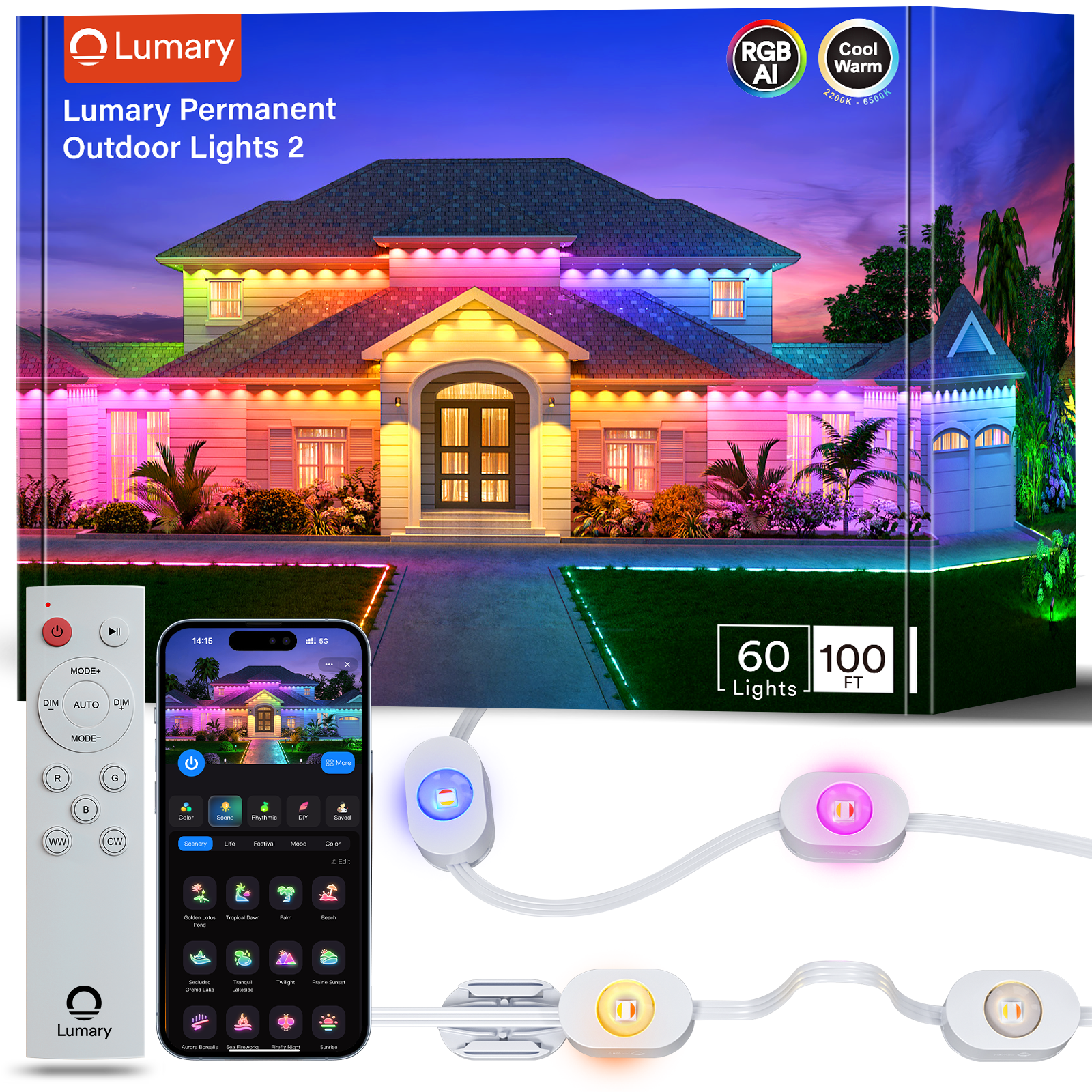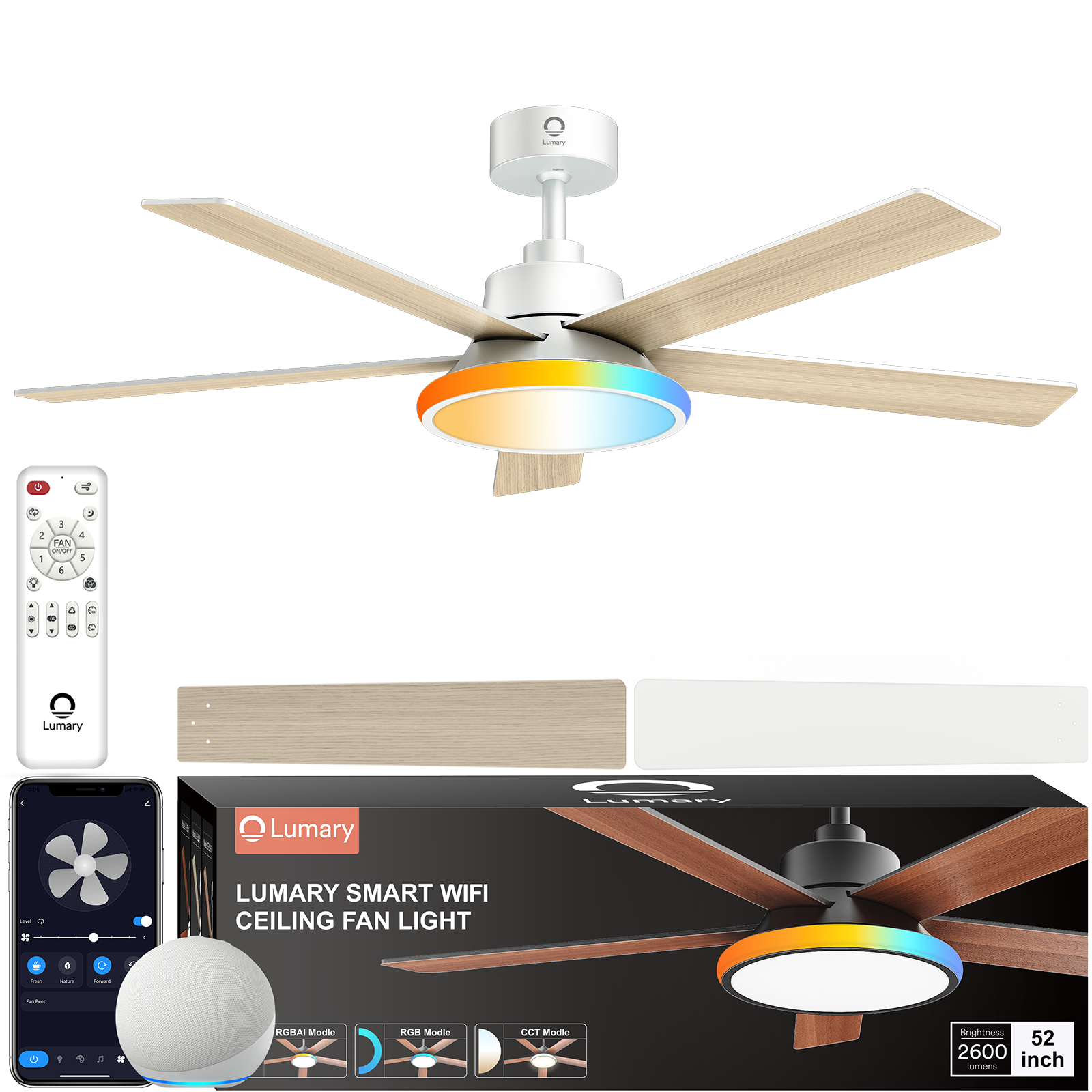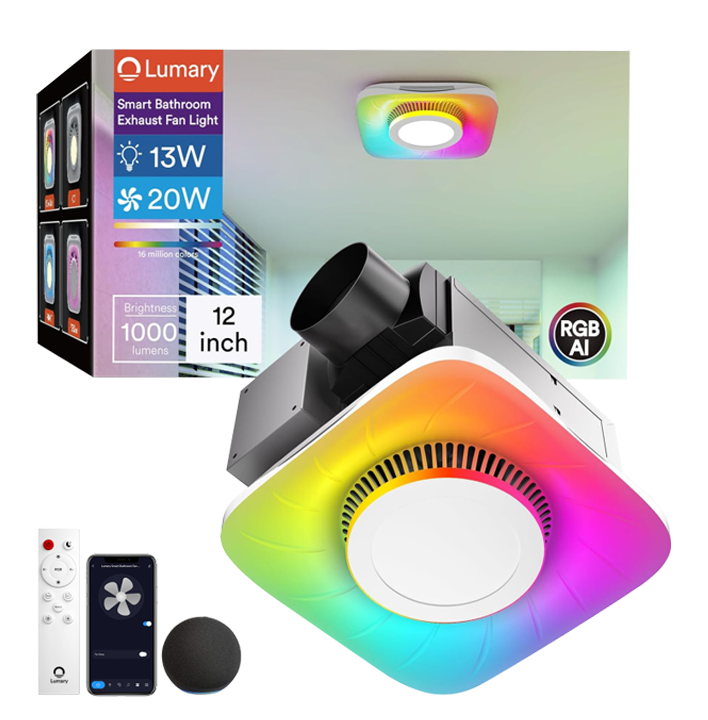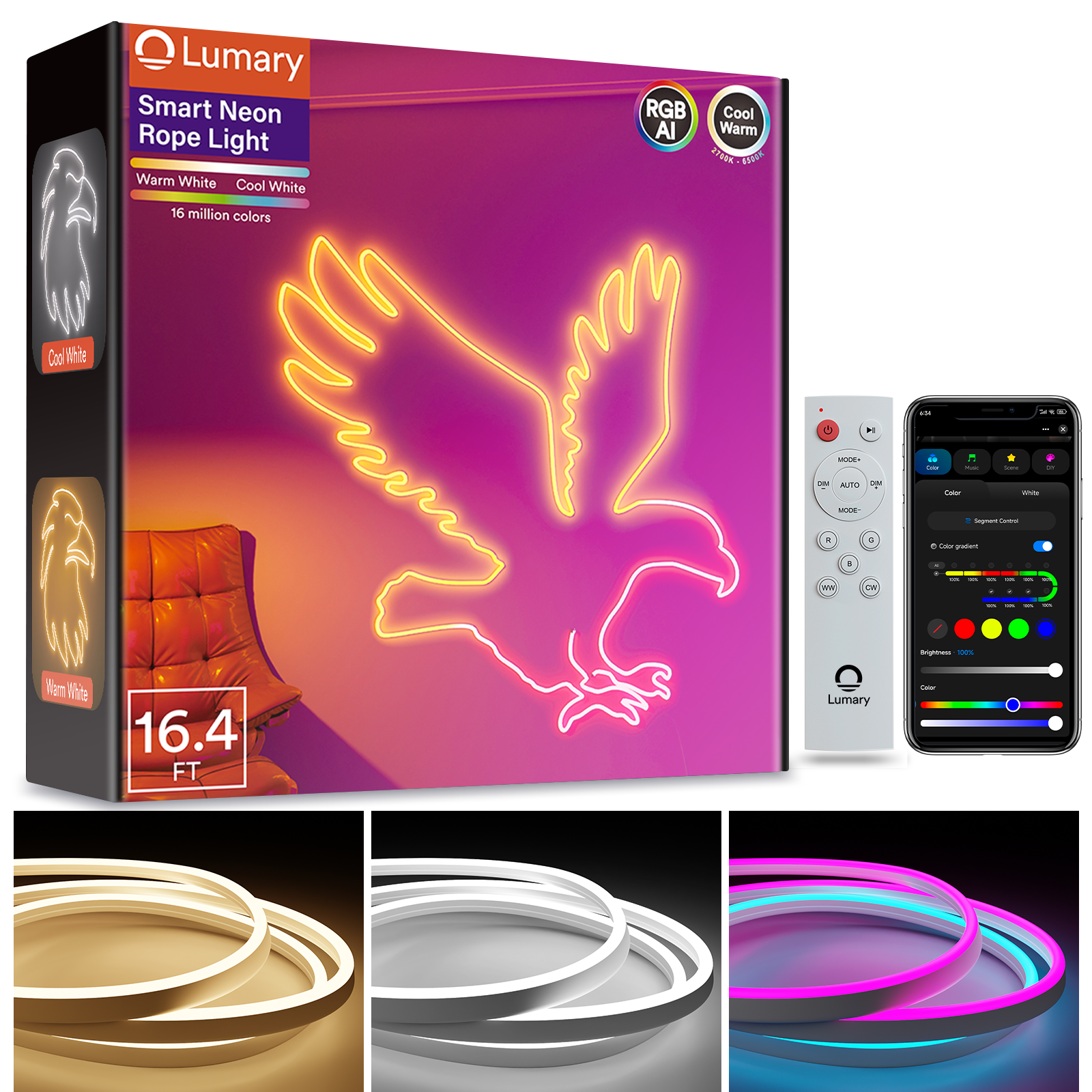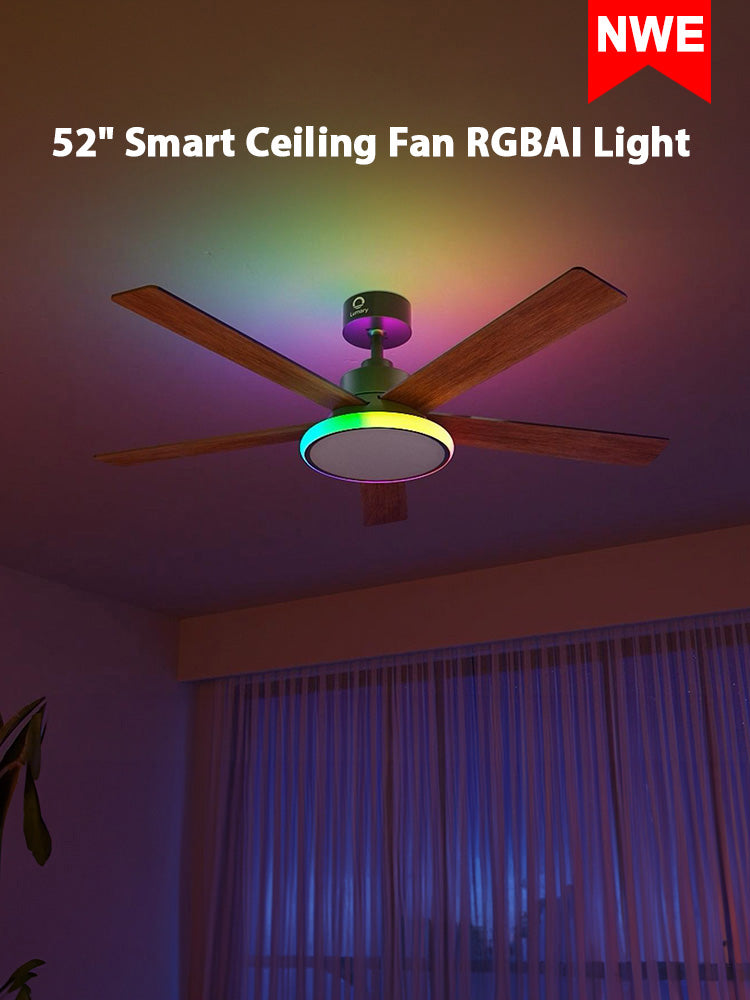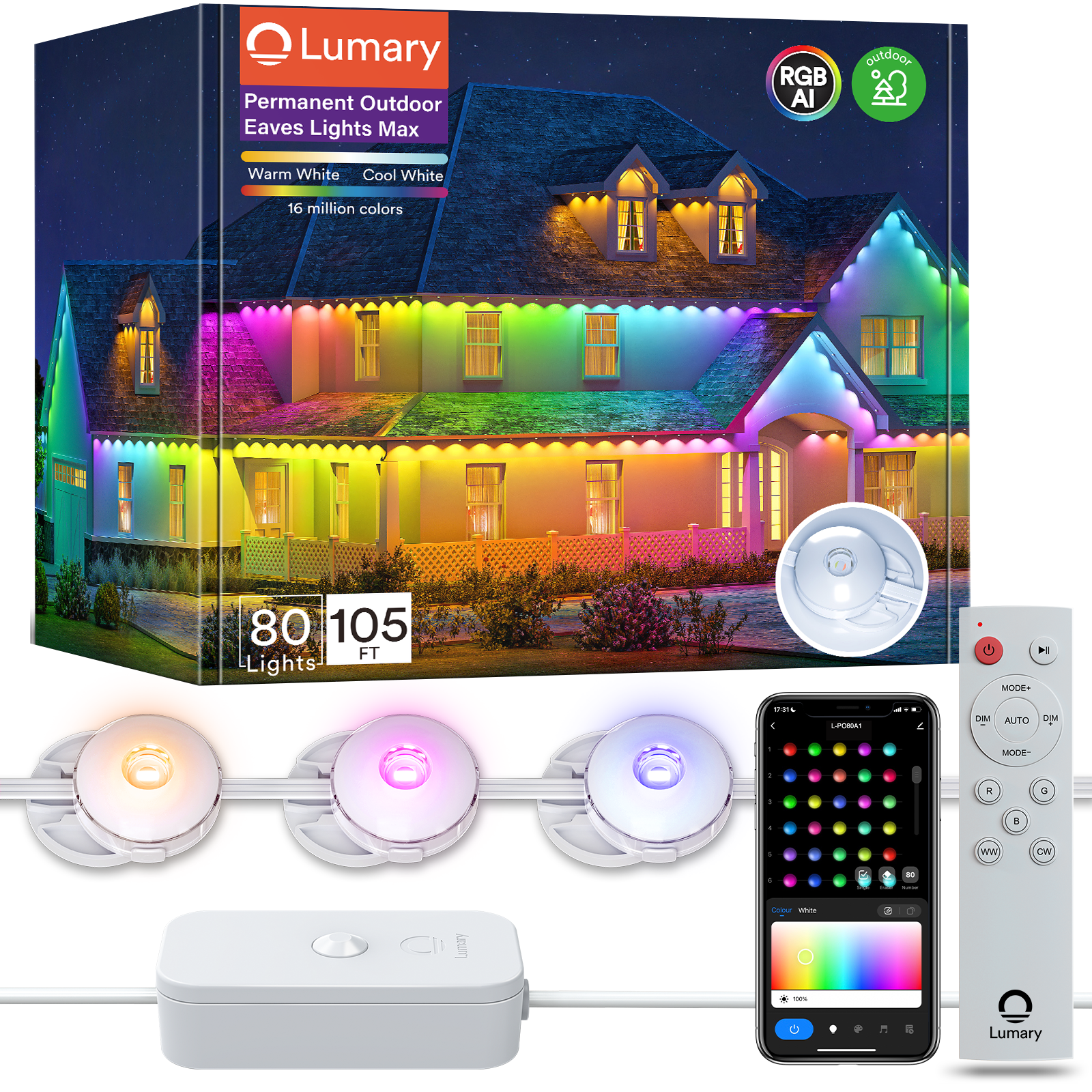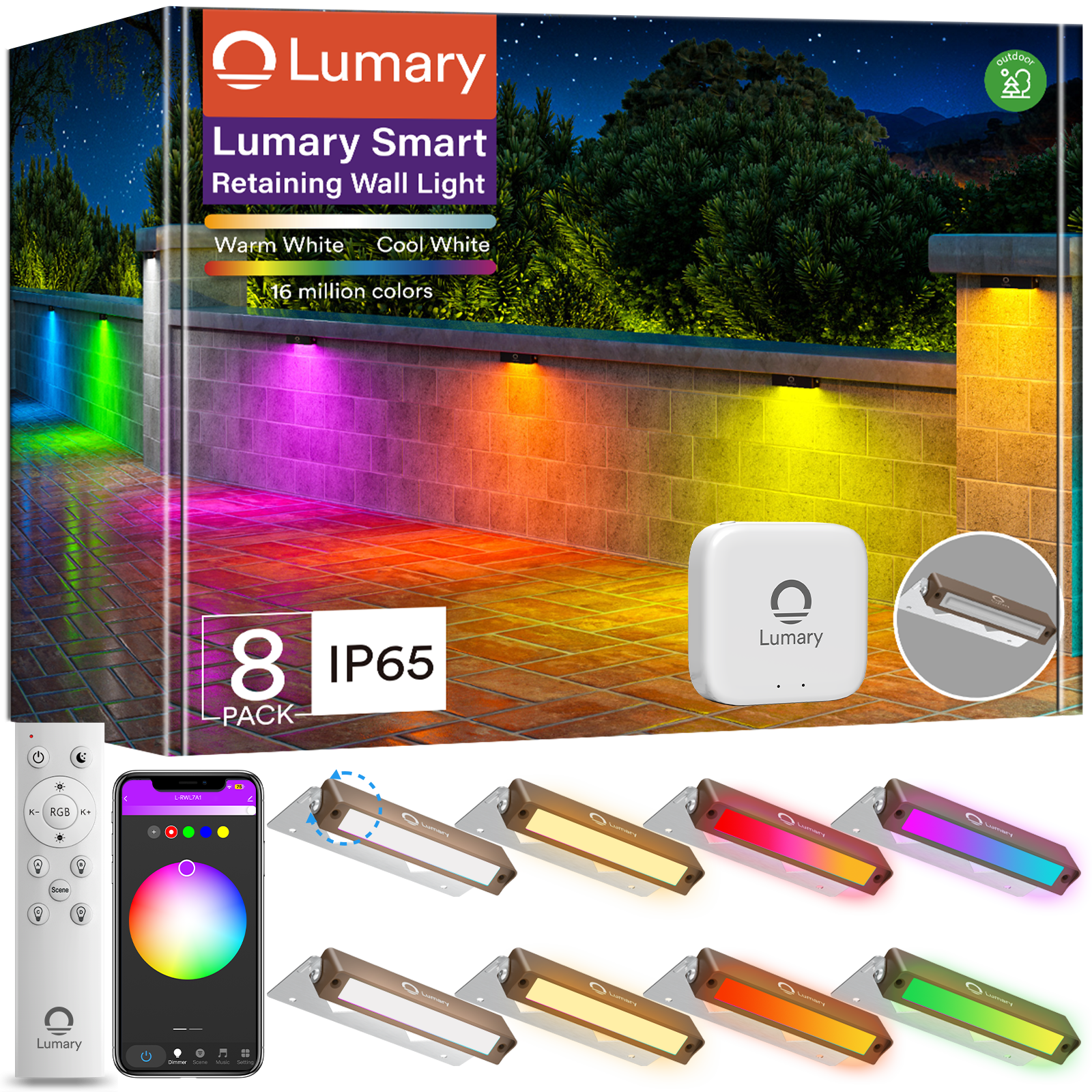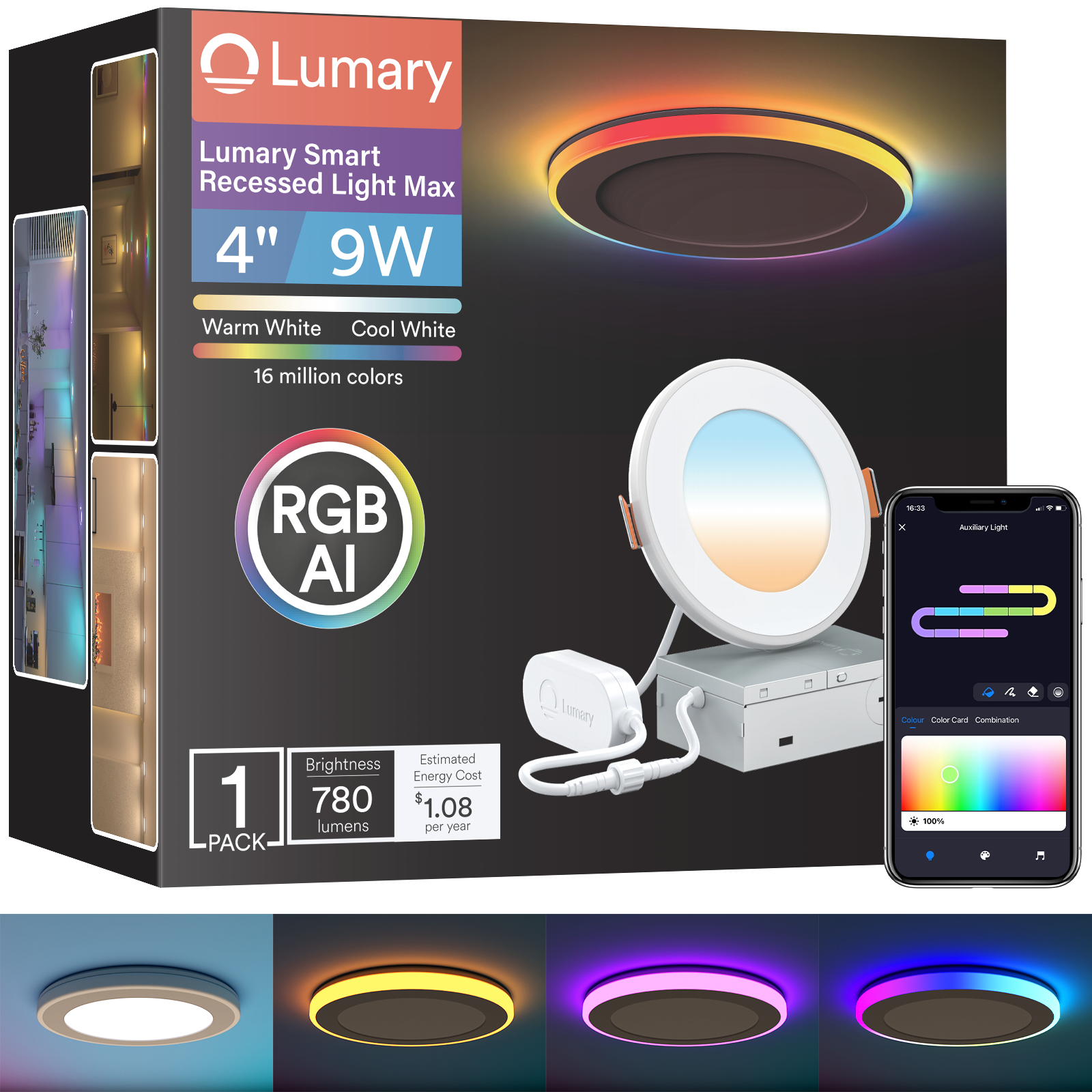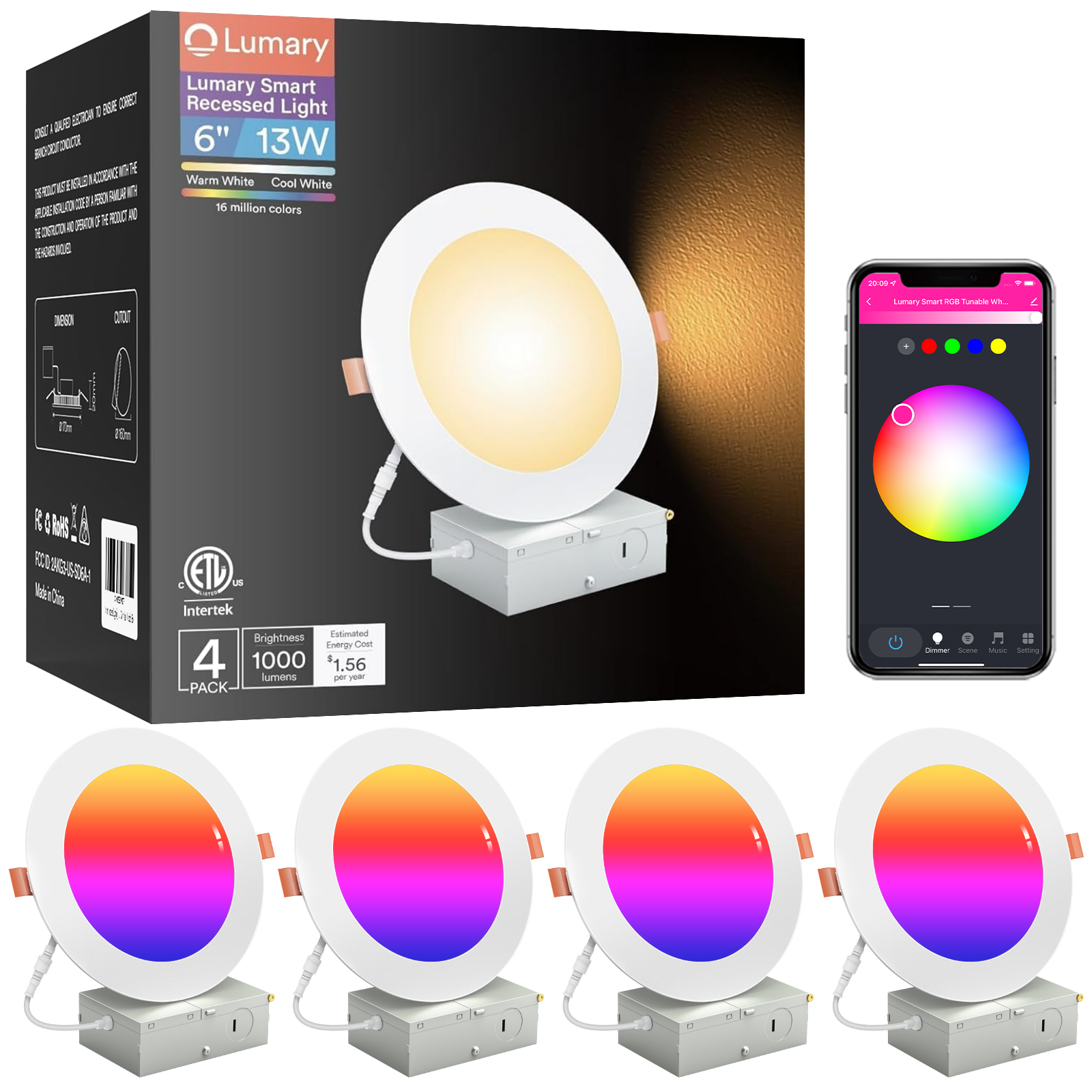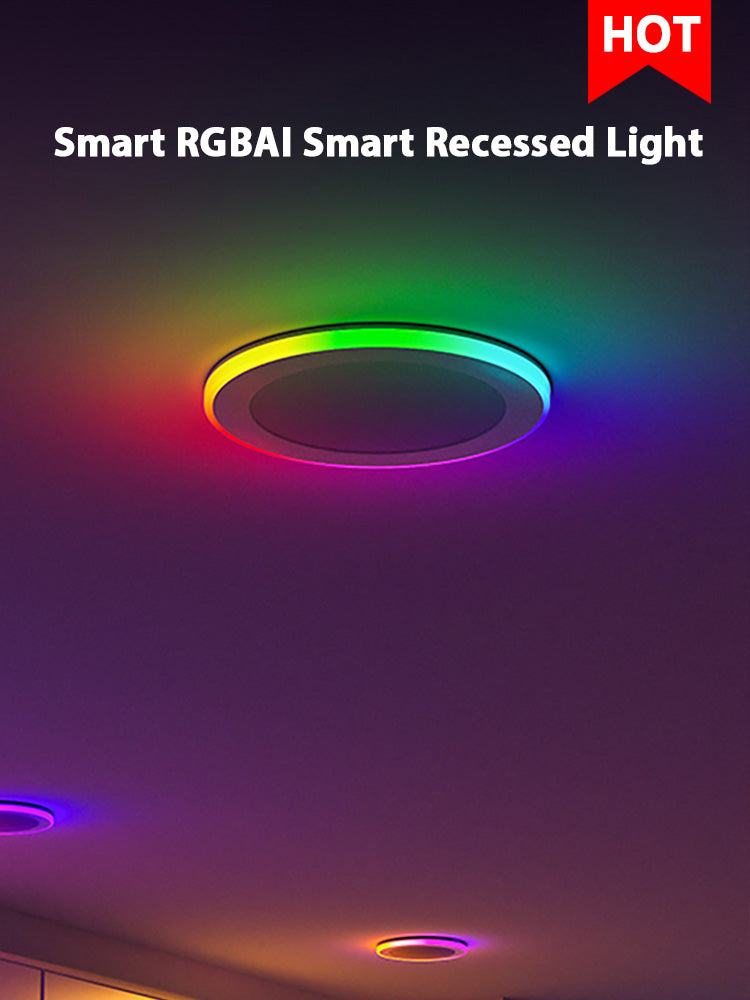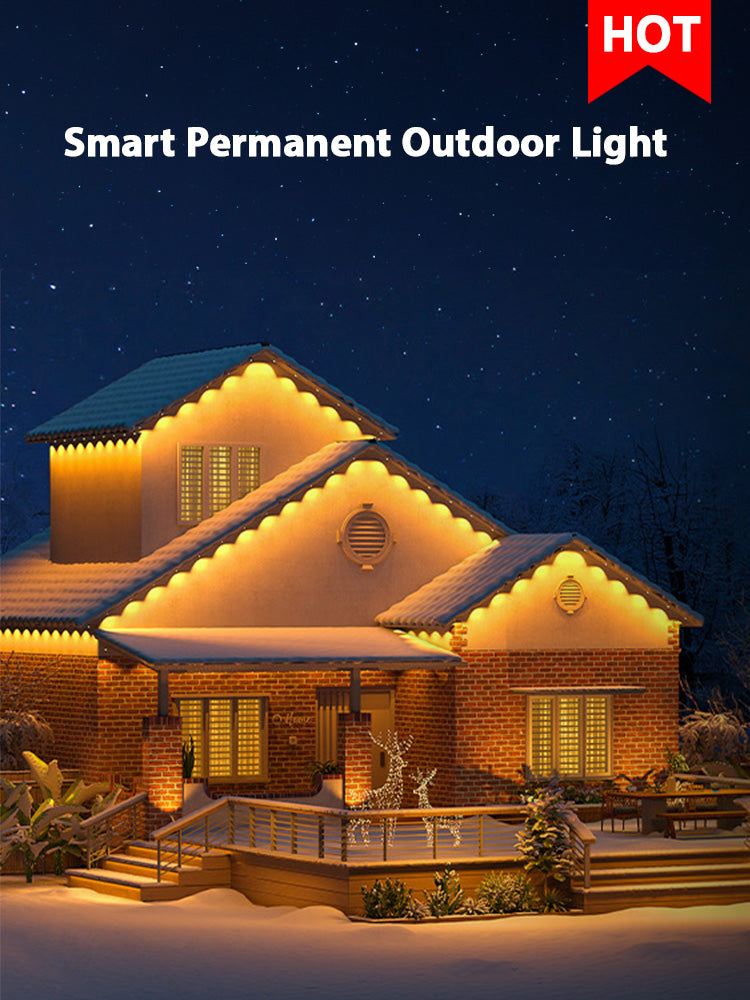WiFi smart light bulbs have revolutionized home lighting. These innovative bulbs offer convenience and control through wireless technology. Choosing the right WiFi smart light bulb ensures optimal performance and compatibility with smart home systems. The right selection can enhance energy efficiency and provide customizable lighting options.
Understanding WiFi Smart Light Bulbs

What Are WiFi Smart Light Bulbs?
Definition and Basic Features
WiFi smart light bulbs connect to a home network without additional hardware. These bulbs offer remote control through smartphone apps or voice assistants. Users can adjust brightness, color, and schedules from anywhere. Popular brands include Philips Hue, Sengled, and TP-Link.
How They Work
WiFi smart light bulbs use wireless technology to communicate with a router. The router sends commands from a smartphone app or voice assistant to the bulb. This setup allows for seamless integration into smart home ecosystems. Users can control lighting through platforms like Amazon Alexa or Google Assistant.
Benefits of Using WiFi Smart Light Bulbs
Convenience and Control
WiFi smart light bulbs provide unparalleled convenience. Users can turn lights on or off without leaving their seats. Scheduling features allow for automated lighting routines. Voice control adds another layer of ease, making daily tasks simpler.
Energy Efficiency
WiFi smart light bulbs contribute to energy savings. Users can set timers to ensure lights are off when not needed. Dimming options reduce power consumption. Many models, like the Sengled Classic 2-Pack, offer energy-efficient LED technology.
Customization Options
WiFi smart light bulbs offer extensive customization. Users can choose from millions of colors to match any mood or occasion. Brands like Philips Hue provide preset scenes for various activities. Customizable lighting enhances both functionality and ambiance in any space.
Key Features to Consider

Compatibility
Smart Home Ecosystems
Compatibility with smart home ecosystems is crucial. Philips smart bulbs work with Apple Home, Amazon Alexa, Google Assistant, and Matter. Nanoleaf Essentials bulbs support Matter and every major smart assistant except Amazon Alexa. Users should ensure that the chosen smart bulb integrates seamlessly with their existing smart home setup.
Voice Assistants
Voice assistants enhance the user experience. Philips Hue bulbs offer compatibility with Amazon Alexa, Google Assistant, and Apple HomeKit. This allows users to control lighting through voice commands. Nanoleaf Essentials provides similar functionality but lacks Amazon Alexa support. Selecting a bulb that works with preferred voice assistants ensures smooth operation.
Ease of Use
Installation Process
The installation process should be straightforward. Most WiFi smart light bulbs, like those from Philips and TP-Link, require no additional hardware. Users can screw the bulb into an existing fixture and connect it to the home WiFi network. The Lumary RGBAI Permanent Outdoor Lights also offer easy installation without needing an electrician. This simplicity saves time and effort.
User Interface
A user-friendly interface is essential. Smartphone apps for smart bulbs should provide intuitive controls. The Philips Hue app offers a well-designed interface with easy access to settings and customization options. Ecosmart Smart Bulbs feature a color wheel interface, although its discoverability may be poor. A good user interface enhances the overall experience.
Performance
Brightness and Color Range
Brightness and color range are key performance indicators. Philips Hue bulbs offer millions of colors and adjustable brightness levels. Nanoleaf Essentials also provide a wide range of colors with a unique hexagonal design. Lumary RGBAI lights offer 16 million color options and a warm white light effect at 2200K. High-quality smart bulbs should deliver vibrant colors and sufficient brightness.
Responsiveness
Responsiveness impacts usability. WiFi smart bulbs should respond quickly to commands. Philips Hue and TP-Link bulbs are known for their fast response times. Users can expect immediate changes when adjusting settings via the app or voice assistant. Reliable responsiveness ensures a seamless smart lighting experience.
Top WiFi Smart Light Bulbs on the Market

Product 1: Philips Hue
Features and Benefits
Philips Hue offers a comprehensive smart lighting solution. The Philips Hue Color and Ambiance Starter Kit includes bulbs that provide millions of colors and shades of white light. Users can control these bulbs through the Philips Hue app, Amazon Alexa, or Google Assistant. The system allows for scheduling, dimming, and creating custom scenes. Integration with other smart home devices enhances the overall experience.
Pros and Cons
Pros:
- Extensive color range
- Easy integration with major smart home systems
- Reliable performance and responsiveness
Cons:
- Higher cost compared to other brands
- Requires a hub for full functionality
Product 2: LIFX
Features and Benefits
LIFX smart bulbs stand out for their brightness and color accuracy. These bulbs do not require a hub, making installation straightforward. Users can control LIFX bulbs through the LIFX app, Amazon Alexa, Google Assistant, and Apple HomeKit. The bulbs offer a wide range of colors and adjustable white light. Advanced features include scheduling, fading effects, and custom scenes.
Pros and Cons
Pros:
- No hub required
- High brightness and color accuracy
- Wide compatibility with smart home systems
Cons:
- Higher price point
- Occasional connectivity issues
Product 3: TP-Link Kasa
Features and Benefits
TP-Link Kasa smart bulbs provide an affordable entry into smart lighting. The bulbs connect directly to WiFi, eliminating the need for a hub. Users can control these bulbs through the Kasa app, Amazon Alexa, and Google Assistant. The bulbs offer adjustable brightness and a range of white light temperatures. Scheduling and remote control features enhance convenience.
Pros and Cons
Pros:
- Affordable pricing
- No hub required
- Reliable performance
Cons:
- Limited color options
- Basic features compared to premium brands
Comparative Analysis
Price Comparison
Budget Options
Budget options offer smart lighting solutions without breaking the bank. Wiz-Connected bulbs provide an affordable choice at around $11 each. These bulbs do not require a hub, making them easy to set up. However, they have some limitations in color options and features. TP-Link Kasa bulbs also fall into the budget category. These bulbs connect directly to WiFi and offer basic smart lighting features. The affordability makes them ideal for those new to smart lighting.
Premium Options
Premium options come with advanced features and higher price tags. Philips Hue Starter Kits stand out in this category. These kits include multiple bulbs and a Hue Bridge hub for enhanced connectivity. The Philips Hue Color and Ambiance Starter Kit offers millions of colors, adjustable brightness, and preset scenes. LIFX bulbs also belong to the premium range. The 1,100-lumen A19 model provides high brightness, making it suitable for statement lights. The 800-lumen A19 model offers a more cost-effective solution for multiple lights in a room.
Feature Comparison
Compatibility
Compatibility plays a crucial role in choosing smart light bulbs. Philips Hue bulbs integrate seamlessly with Apple HomeKit, Amazon Alexa, Google Assistant, and Matter. This wide compatibility ensures smooth operation within various smart home ecosystems. Nanoleaf Essentials bulbs support Matter and major smart assistants, except Amazon Alexa. LIFX bulbs offer compatibility with Amazon Alexa, Google Assistant, and Apple HomeKit. TP-Link Kasa bulbs work well with Amazon Alexa and Google Assistant, providing reliable performance.
Performance
Performance includes factors like brightness, color range, and responsiveness. Philips Hue bulbs deliver millions of colors and adjustable brightness levels. Nanoleaf Essentials provide a unique hexagonal design with a wide range of colors. Lumary RGBAI lights offer 16 million color options and a warm white light effect at 2200K. LIFX bulbs excel in brightness and color accuracy, with no need for a hub. TP-Link Kasa bulbs offer reliable performance but have limited color options compared to premium brands.
Best Use Cases
For Beginners
Beginners should look for ease of use and affordability. TP-Link Kasa bulbs provide a straightforward setup without needing a hub. The Wiz-Connected bulbs offer a budget-friendly option with basic smart lighting features. These choices allow newcomers to explore smart lighting without significant investment.
For Advanced Users
Advanced users may seek more features and customization. Philips Hue Starter Kits offer extensive color options, preset scenes, and integration with various smart home systems. LIFX bulbs provide high brightness and color accuracy, suitable for creating dynamic lighting effects. Lumary RGBAI lights offer individual control of each light via the app, allowing for personalized outdoor lighting displays. These options cater to users looking for advanced functionality and high performance.
WiFi smart light bulbs offer convenience, energy efficiency, and extensive customization. Key features include compatibility with smart home systems, ease of use, and performance.
Final Recommendations:
-
For Beginners:
TP-Link KasaandWiz-Connected bulbsprovide affordable and easy-to-use options. -
For Advanced Users:
Philips Hue Starter Kits,LIFX bulbs, andLumary RGBAI lightsoffer advanced features and high performance.
Choose the best option based on individual needs to enhance home lighting experiences.

